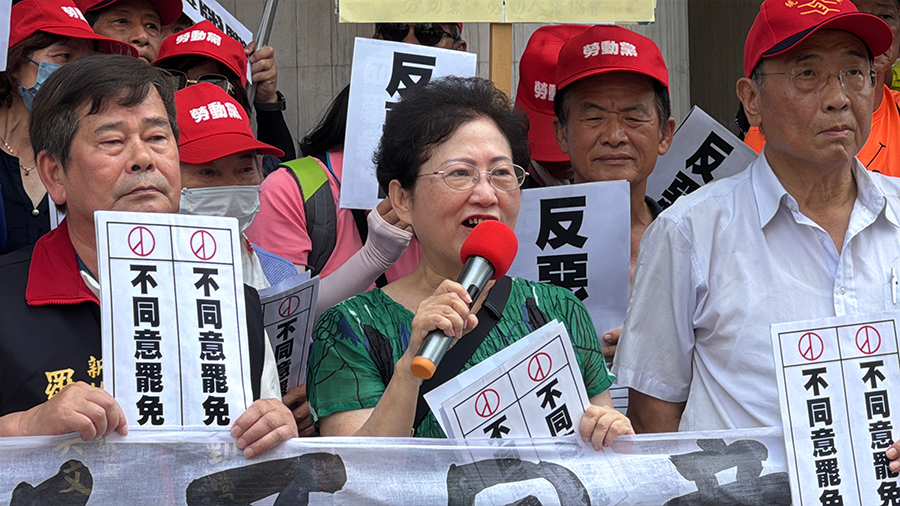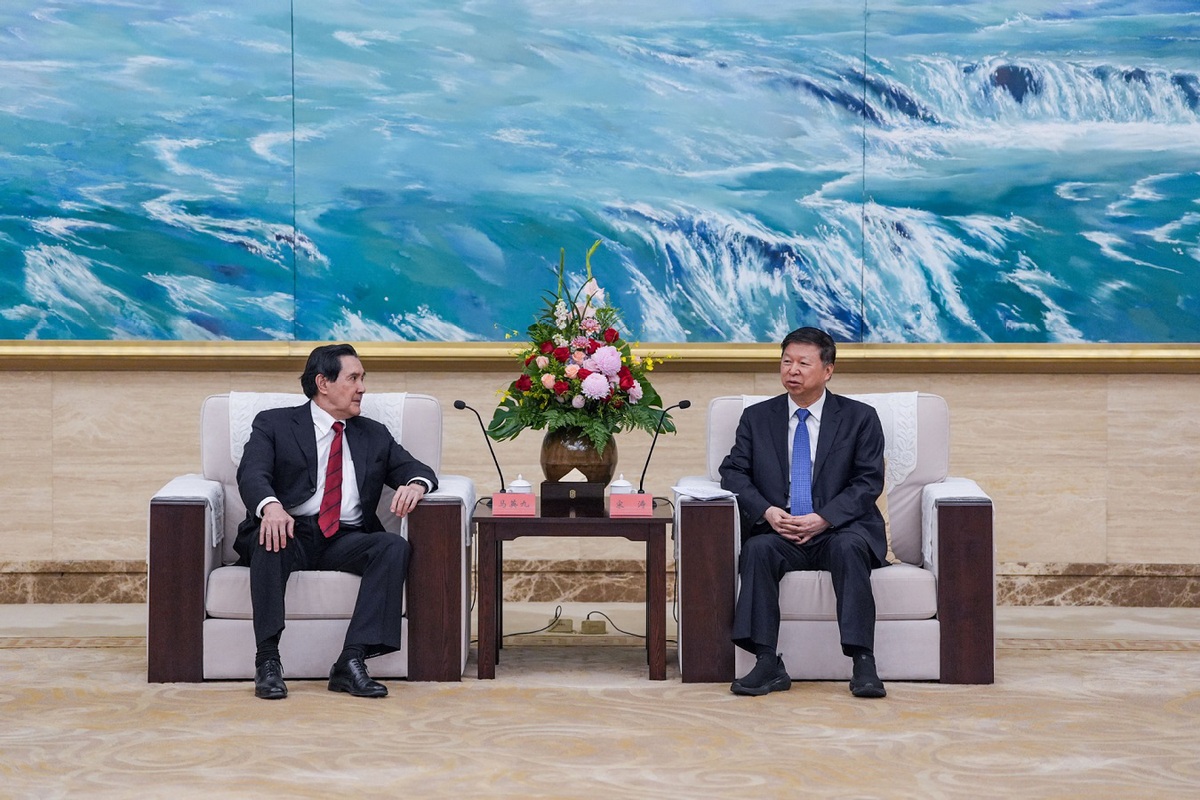
Filmmaker Renee Tajima-Pe?a is the producer of “Asian Americans,” a five-part PBS series that will be broadcast on May 11 and 12. At UCLA, she is a professor of Asian American studies, director of the Center for EthnoCommunications, and holder of the Alumni and Friends of Japanese American Ancestry Endowed Chair. She is an Academy Award nominee for her documentary “Who Killed Vincent Chin?”
She shared some of her thoughts on “Asian Americans” with The Rafu Shimpo.
How did the series came about? How did you envision it and shape it?
Many of us have wanted to create an Asian American series for decades. [The late filmmaker] Loni Ding started to produce one, “Ancestors in America,” but she wasn’t able to finish it. But there’ve been several more attempts and I even wrote a treatment for the Center for Asian American Media (CAAM) over 20 years ago.

Around 2013, the Washington, D.C. flagship station WETA — they do all of Ken Burns’ series — approached me and CAAM about doing an Asian American history. We jumped at it and all decided to collaborate. It took a long time to raise the money, and also CAAM and I wanted to make sure that the series was told through an Asian American perspective.
By the time the series was green-lit, it was 2018 and then it was all systems go. We put together an amazing pan Asian American team — our episode producers are Leo Chiang, Geeta Gandbhir and Grace Lee, and we were able to get Tamlyn Tomita and Daniel Dae Kim to narrate.
How does the series connect with your family history and your own personal experiences?
A lot of the history we cover is parallel to my own family’s story. My grandparents all immigrated from Japan during the anti-Asian exclusion era. The earliest was my mother’s dad, Hidehachi Ujiiye, who emigrated from Fukushima to Hawaii in 1902 to cut cane on a sugar plantation. He came to the mainland in April of 1906.
As the story goes, he arrived in San Francisco and was immediately targeted by white merchant marines who quite literally chased him out of town, and he ended up in Los Angeles. The next day was the 1906 San Francisco earthquake, so I guess those racist yahoos saved Grandpa’s life.
It was amazing to me to track this history in Asian Americans and imagine my grandparents’ and parents’ lives during these eras, and then reliving my own involvement in the Asian American movement, being a part of the campaign for redress and reparations, witnessing the events of 9/11 and what’s going on now. I really regret not having asked my grandfather about the Spanish flu. He would have lived through it. I wonder what he saw.
My father’s side also arrived in the early 1900s, but under different circumstances. My grandfather, Kengo Tajima, was a theologian and emigrated here to study at Yale. That side of my family has a direct connection to one of our key stories, in Episode 2, the story of the Uno family.
George and Riki Uno were parishioners at my grandfather’s church in Salt Lake City, and my dad remembers growing up down the street from the Unos and their ten children. It is a remarkable family that encapsulates the 20th-century Japanese American experience. Four Uno brothers served in the U.S. military during World War II, in the 442nd [Regimental Combat Team] and MIS (Military Intelligence Service), while one spent the war working for Japan.
The rest of the family was incarcerated — George and the youngest, Edison, were at Crystal City until 1947! Of course, Edison became one of the fathers of redress and reparations, and his sister Amy Uno Ishii was an incredible activist telling the story of EO 9066 and the camps.
One thing we’re all really proud of: the historian Ryan Yokota, who is based in Chicago, told us that someone had found 50-plus videotapes of the Chicago CWRIC (Commission on Wartime Relocation and Internment of Civilians) hearings! No one had seen it, and for all we knew, they were rotting there after almost 40 years.
We knew Kay Uno, one of the sisters, had testified at the Chicago hearings. We wanted to use her testimony, but we also knew the whole batch was an invaluable archive. So we immediately arranged to have the tapes preserved and digitized.
The Nikkei WWII experience is a moral and activist presence in much of the history that we tell. Not only in Episode 2, which looks at the 1930s and war years, but also in our episode about the Asian American movement, and our last episode that tells the story of 9/11 and includes an interview with [former Secretary of Transportation] Norm Mineta and the Japanese American response.
The pan-Asian American experience is deeply interwoven into the entirety of American history.
Previous:True to Brew
 Dr. Jimmie Yamaguchi, Figure Skater’s Father
Dr. Jimmie Yamaguchi, Figure Skater’s Father
 Civil groups oppose DPP recall move on opposition 'lawmakers'
Civil groups oppose DPP recall move on opposition 'lawmakers'
 Muto Details Japan, African American Collaboration
Muto Details Japan, African American Collaboration
 39th Annual Kotohajime: Hatsu
39th Annual Kotohajime: Hatsu
 50th Anniversary Ikenobo Exhibition at JACCC
50th Anniversary Ikenobo Exhibition at JACCC
 MILESTONES: George Mayeda Celebrates 100th Birthday
MILESTONES: George Mayeda Celebrates 100th Birthday
 Mainland calls for cross
Mainland calls for cross
 PLA slams British hype over patrol vessel's Taiwan Strait transit
PLA slams British hype over patrol vessel's Taiwan Strait transit
 Vitality eliminate Grayhound to keep IEM Rio Major run alive
Vitality eliminate Grayhound to keep IEM Rio Major run alive
 South Coast Rep Cancels Remaining 2021 Performances of ‘Christmas Carol’
South Coast Rep Cancels Remaining 2021 Performances of ‘Christmas Carol’
 forZe replace GODSENT at Roobet Cup
forZe replace GODSENT at Roobet Cup
 Mainland expert debunks Lai's 'four elements' argument for Taiwan's so
Mainland expert debunks Lai's 'four elements' argument for Taiwan's so
 Hate Crime Suspect Pleads Not Guilty
Hate Crime Suspect Pleads Not Guilty
 Mainland expert debunks Lai's 'four elements' argument for Taiwan's so
Mainland expert debunks Lai's 'four elements' argument for Taiwan's so
 Presentation on Mario Reyes at L.A. Central Library
Presentation on Mario Reyes at L.A. Central Library
 Yamanaka Scholarship Award Presented to Costa Mesa Students
Yamanaka Scholarship Award Presented to Costa Mesa Students
 Japanese City Alarmed by Biting, Clawing, Attacking Monkeys
Japanese City Alarmed by Biting, Clawing, Attacking Monkeys
 In Tsu City, a Home for the Classics
In Tsu City, a Home for the Classics
 Obon Festival, Odori Exercise Class at Oxnard Buddhist Temple
Obon Festival, Odori Exercise Class at Oxnard Buddhist Temple
 Folk dance drama 'Dream of the Red Mansions' staged in Taipei
Folk dance drama 'Dream of the Red Mansions' staged in Taipei
Best iPad deal: Get the 2021 iPad Mini (6th gen) for $539.99Journal app on iOS 17.2: Where to find it, how to use itReddit down on December 11: Here's why.'American Fiction' review: A great setup with no punchlineNintendo Switch OLED vs. Steam Deck OLED5 ways AI changed the internet in 2023JBL portable speakers: Get a JBL Go 3 for 40% offEvery link on X / Twitter is brokenPaul King responds to internet snark over 'Wonka'Snapchat+ subscribers can now send custom generative AI images Taylor Swift makes emotional speech on 1 Trump's '5 for 5!' tweet had Twitter users hilariously decoding its meaning Omarosa's new White House recording sounds alarm bells across Twitter Mom finds very creative new use for her daughter's degree 6 secret apps to hide your sexy photos Towering, twisted skyscraper proposed to be Australia's tallest building Russell Crowe gets annoyed with all those LinkedIn requests, too Trump didn't know Omarosa had been fired, new tape seems to show How an average 21 Here are the Tinder icebreakers guaranteed to get a response
0.2133s , 12038.46875 kb
Copyright © 2025 Powered by 【my lucah download】A Conversation with Renee Tajima,Global Hot Topic Analysis